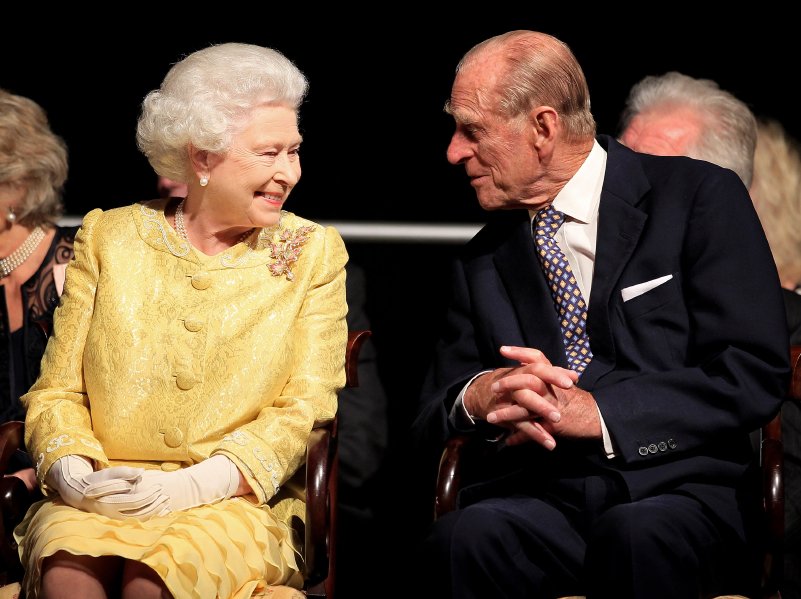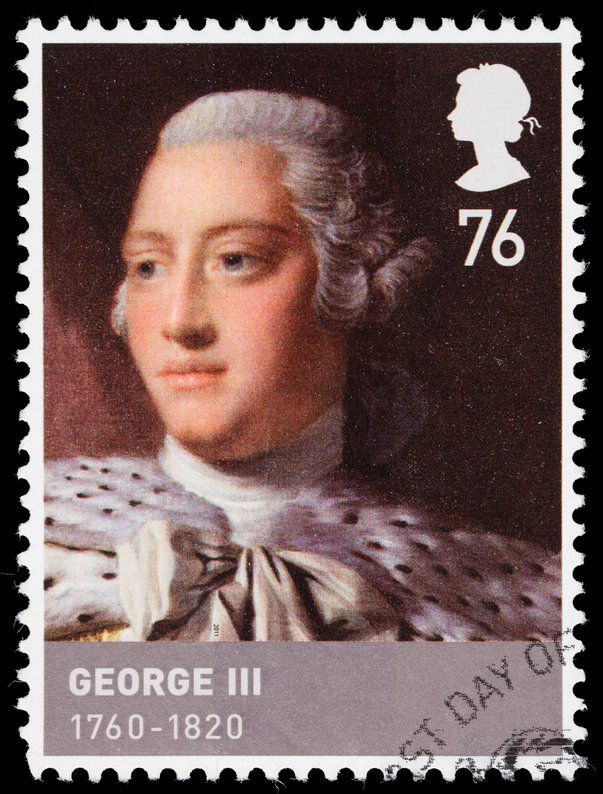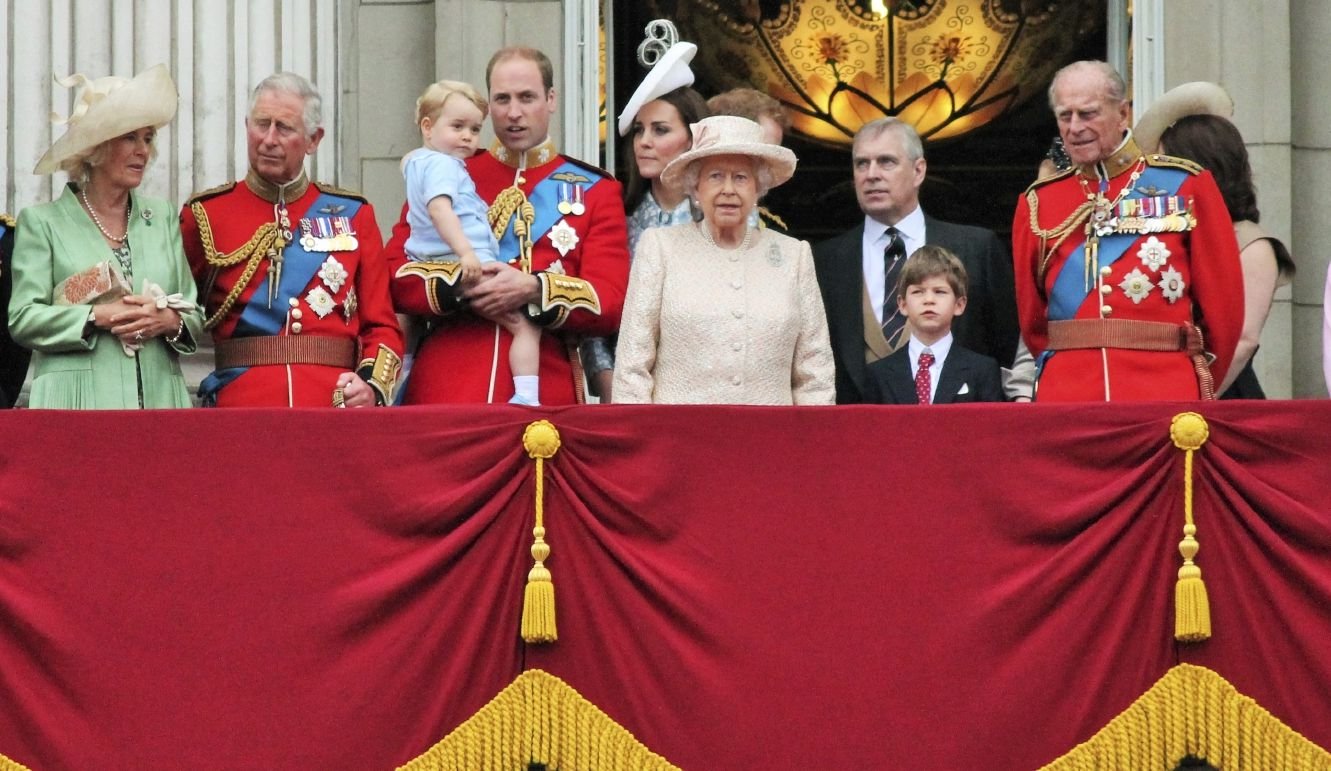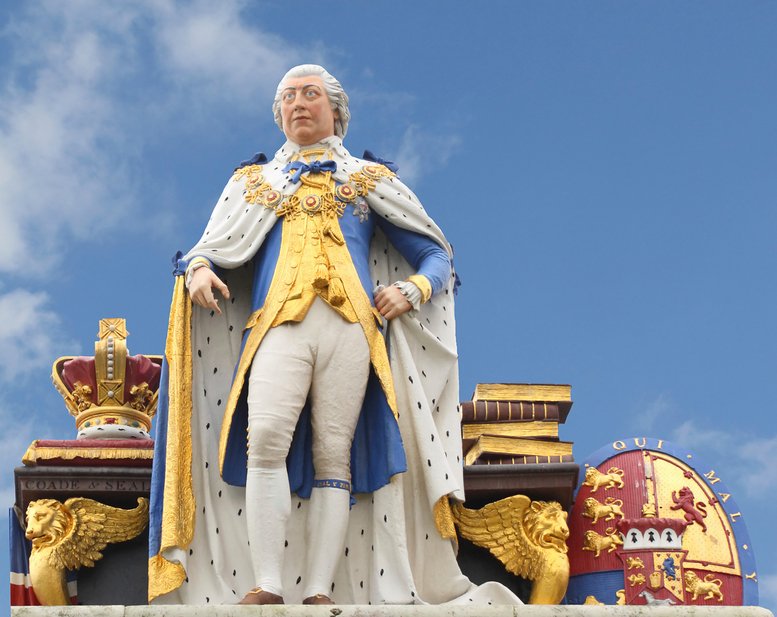It is a question that we Australians ponder every year. Although we don’t often argue as we’ll take a day off to celebrate anything at any time.
Well as we approach the long weekend, if you’re having a few drinks and this question comes up you’ll now look smart and answer it, as well as throw out some other amazing history facts. You’re welcome.

As of course you probably already know, Australia was settled by Captain Arthur Phillip in 1788. That was the first year that the Monarch’s birthday was celebrated in the new country. Back home in England, the man on the throne at that time was King George III. His birthday was on June 4th. George III is Queen Elizabeth II’s great, great, great, great grandfather. So there have been multiple monarchs since him and the celebration was in synch with their respective birthdays right up until the 1930s.
But when King George V (Elizabeth II’s grandfather) died in 1936, it was decided in NSW and some other states to just stick to the original time of early June and is now the second weekend of that month.
LONG LIVE THE KING.
George III took over the throne at just 22 when his father Frederick died at just 44 years of age. George would be in the throne for more than 60 years until he died January 29 1820. To live to 81 years of age is good for a male even by today’s standards, let alone during the early 1800s. This made George III the longest serving and longest living king in the British Monarch’s history. In fact only Queen Elizabeth II and Victoria (her great-grandmother) reigned and lived longer than he did.

GEORGE AND CHARLOTTE
Despite kings in history being quite the womanisers, George III married Queen Charlotte of Mecklenburg-Strelitz on the day they met and remarkably was never reported to have a mistress. The pair had 15 children (nine sons and six daughters). George and Charlotte are of course the names of the youngest royals in the line of the throne today, the son and daughter of Prince William. Another interesting bit of trivia: Charlotte – the biggest city in American state of North Carolina – was named in honour of Queen Charlotte. The city’s humid climate saw the king’s commander who occupied the city nickname the city “a hornet’s nest of rebellion”. This is why the city’s basketball team in the National Basketball Association are known as the ‘Charlotte Hornets’.

GEORGE III AT WAR WITH AMERICA
Before he was sending men to settle a new land down under, George III was sending men across the Atlantic Ocean to fight in the American Revolution. This war was between Great Britain and thirteen of its North American colonies who had declared themselves independent and wanted to start what would become the United States of America. The new colony won the war much thanks to France who joined an alliance while Spain and Netherlands also helped them out. Despite the large loss of life and heavy resistance, George III was adamant that they could not have independence and was heavily involved in making decisions in the war. On the other side of the Atlantic, there was another famous George leading troops. General George Washington was in charge of the new Continental Army. After the war had ended for America in 1782 (Great Britain fought other nations for a few years after giving up on America), Washington went on to become the first President of the United States of America in 1789.

GEORGE III THE SHIP GOES DOWN IN TASMANIA
A ship named after George III was used by England to transport convicts to Australia which left England for Van Dieman’s Land (Tasmania) in December 1834. The ship was carrying 308 people down under when a fire halfway through the journey destroyed rations. By the time the ship reached close to the shore of Van Diemen’s Land in March 1835, 14 convicts had died on board from scurvy. But it became an even bigger disaster when the ship struck rocks before getting to dock and 133 people drowned. 128 of those were convicts.
© Lantern Club, Roselands
